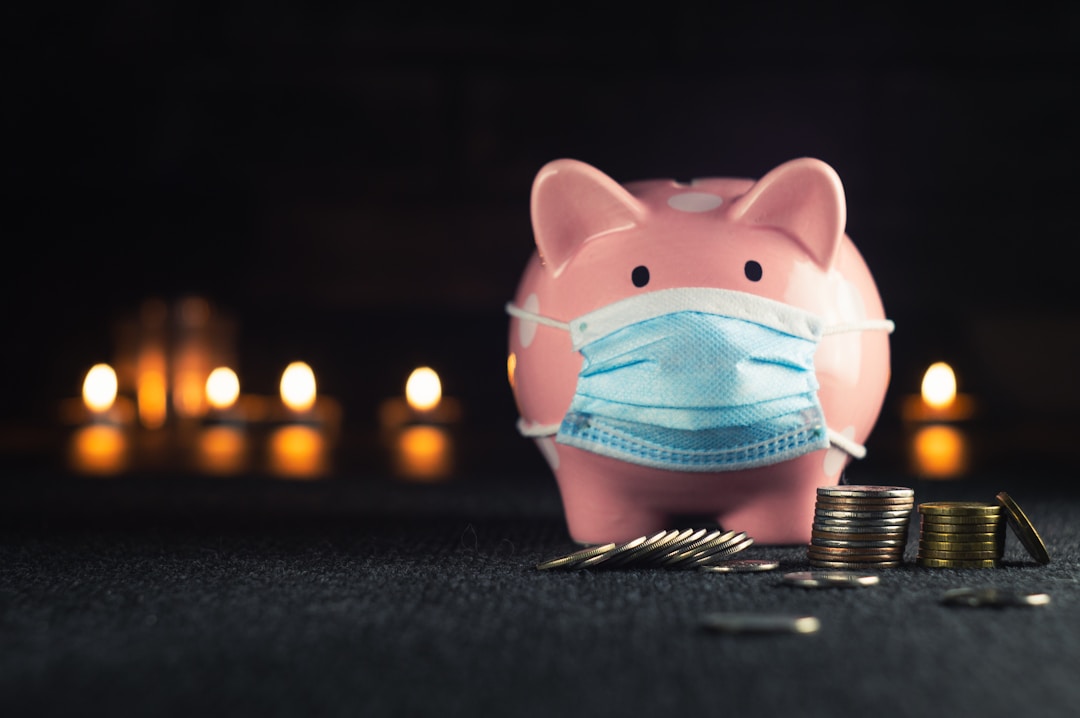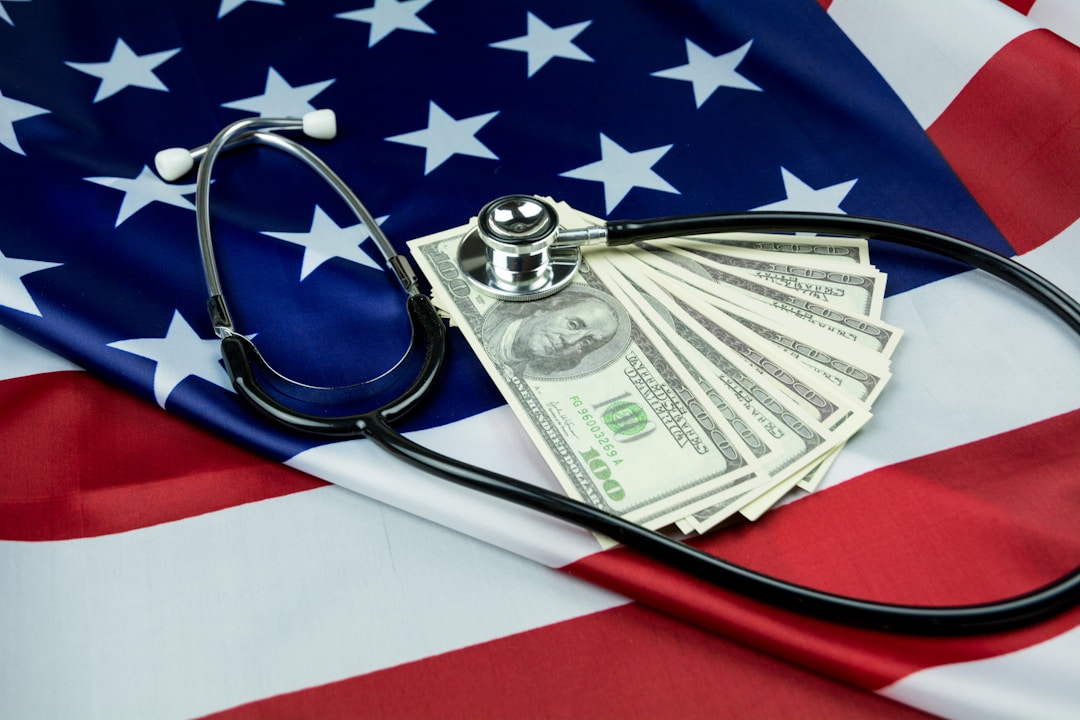We all want to do what we can to move our education forward. However, financial hurdles may get in the way of pursuing the degree we want to get or attending our dream school. While there are options provided through financial aid and Sallie Mae, it doesn’t hurt to explore all of the options at one’s disposal. Examine all of the lenders available to you based on your credit score. In fact, you may want to look into a personal unsecured loan.
Competitive Rates

Many students find themselves pursuing loans to help them cover the cost of tuition, books, housing, and other key facets of their college education. While federal financial aid may come at set interest rates, personal unsecured loans offer up the possibility of a lower interest rate based on your credit history and/or that of your cosigners. Private student loans don’t offer standard options. Lenders will present different types of loans, depending on the degree you’re pursuing. This can affect your loan amount and repayment terms for the life of the loan.
For example, some financial institutions will create loan offers for community college or technical training programs. However, these may not be for as high of a line of credit or loan amount as an undergraduate school loan. An undergrad program is four years compared to two years or a community college student. This can fall true in the pursuit of certifications for your career as well, such as network plus certification for IT professionals. This is a vendor-neutral certification validating the technical knowledge and skills required to troubleshoot common networks as a tech administrator.
Flexible Terms

Depending on any outstanding credit card debt or loans for you and your cosigners, you’ll have more flexibility in signing on for a personal unsecured loan as opposed to relying on Sallie Mae for loan proceeds. Personal loan lenders will offer a range of 5-20 years for loans. A shorter time period usually translates to higher monthly payments, but with lower interest rates.
Longer loans create the contrast of lower payments and higher rates. Most lenders have minimum amounts to borrow, which can vary based on credit scores and even the state you take out the loan in. There are also maximum limits on student loan amounts
These flexible rates expand to fixed and adjustable interest rates. It’s important to lock in your rate, as financial institutions will not let you flip between the two options. The annual percentage rate, or APR, has the greatest impact on your total cost of borrowing each year. Fixed-rate loans maintain that interest rate for the extent of the personal loan through the entirety of its payment history. An adjustable-rate loan may be in the best interest of those who can quickly pay it off. These loans are tied to an index determined by the average salary of those signing on as loan applicants.
Federal Aid vs. Personal Loans

Federal student loans through the government carry terms and conditions set by law, including income-driven payment plans and fixed interest rates. Whereas, private loans through credit unions and banks have terms set by the lender. It’s important to weigh the benefits of federal loans against personal loans depending on your financial situation. For example, bank loans usually require immediate repayment, as opposed to federal student loans that don’t require repayment until six months after graduation.
While both types of loans are tax-deductible, you may be able to avoid high-interest debt with the right loan through a private lender. You can also capitalize on lower credit scores, which you cannot do at the federal level. Some banks may even afford you discounts for going with autopay. Make sure to read through all terms and conditions before borrowing any money to forward your education.





